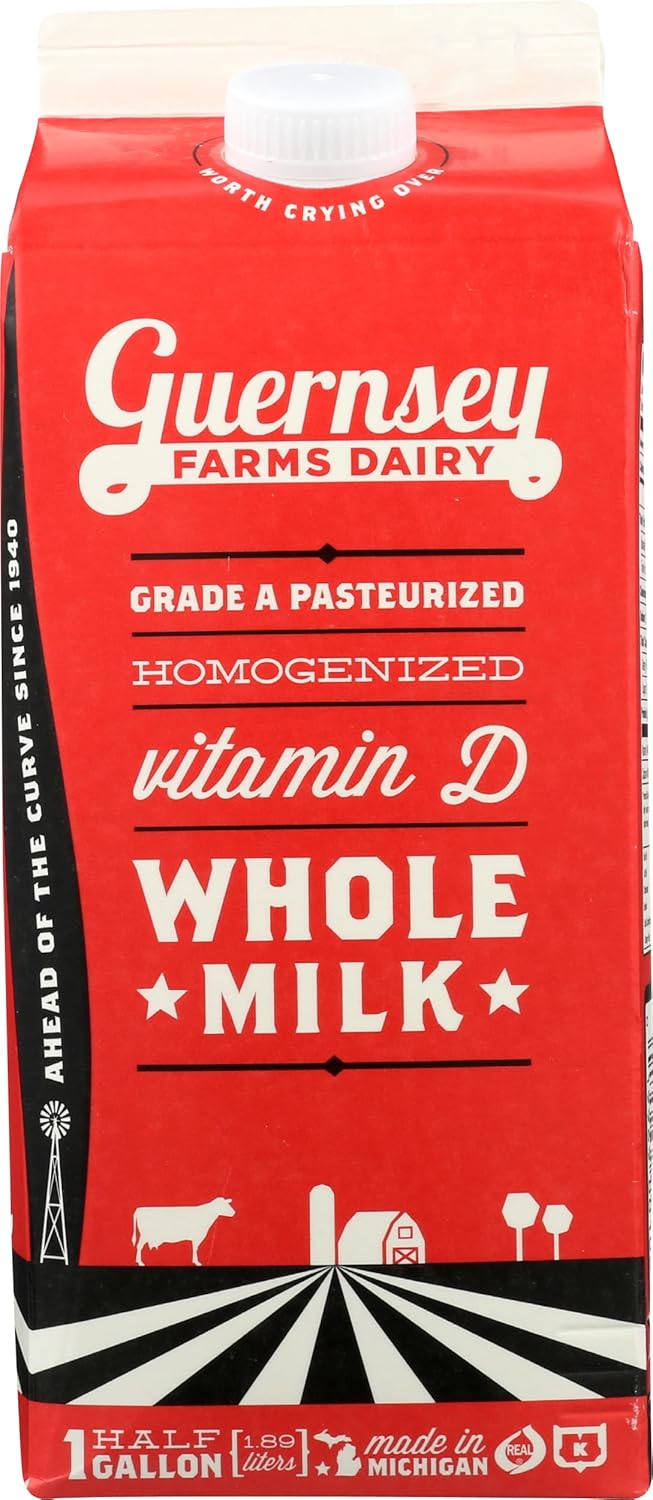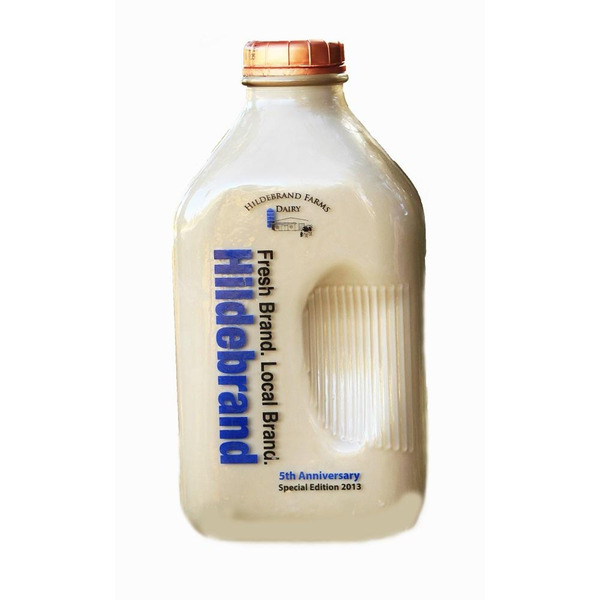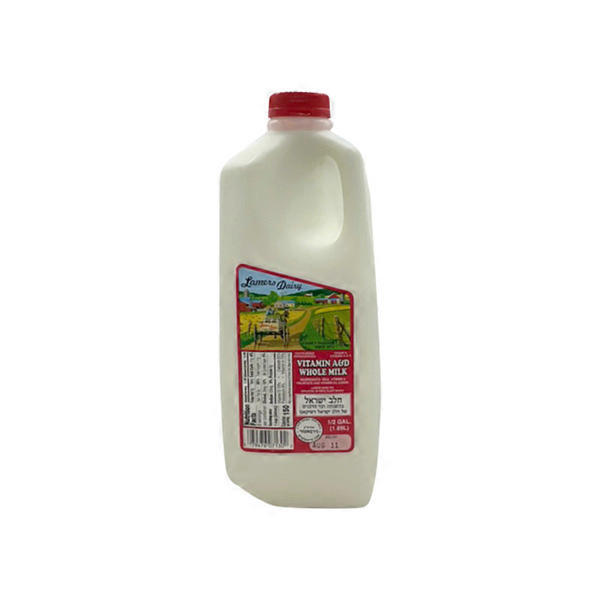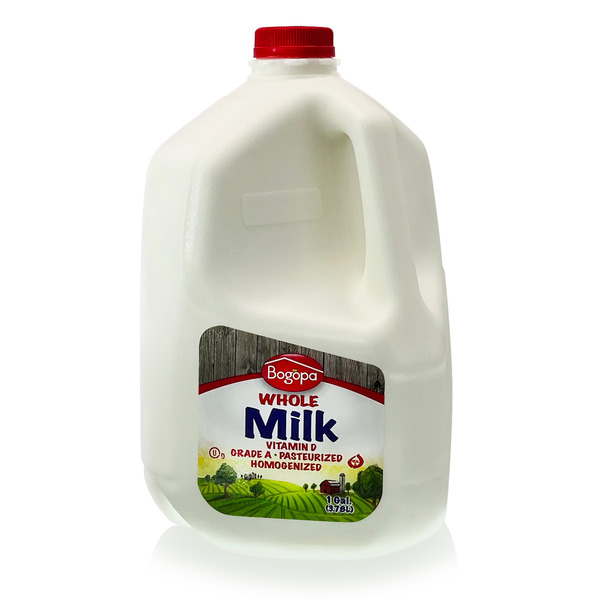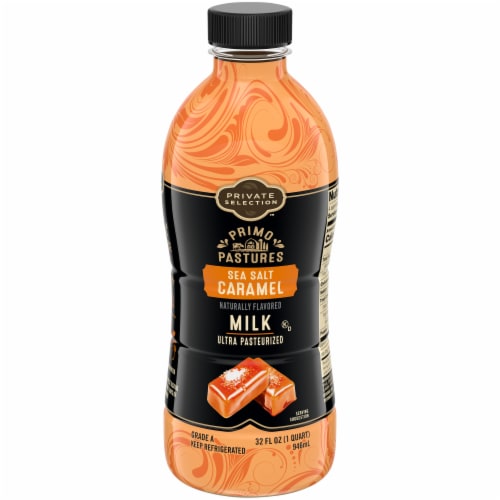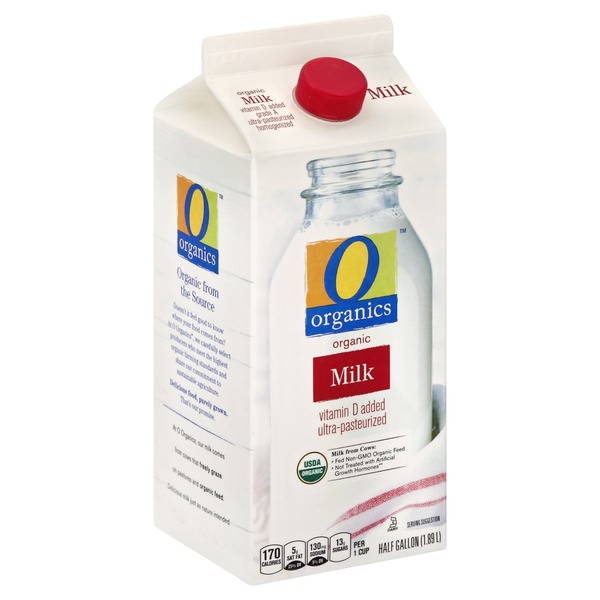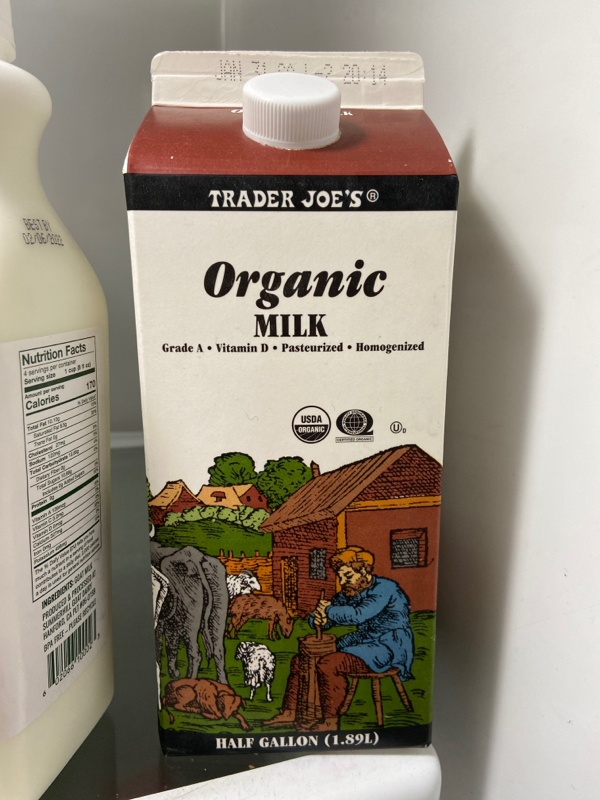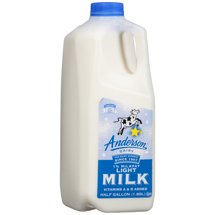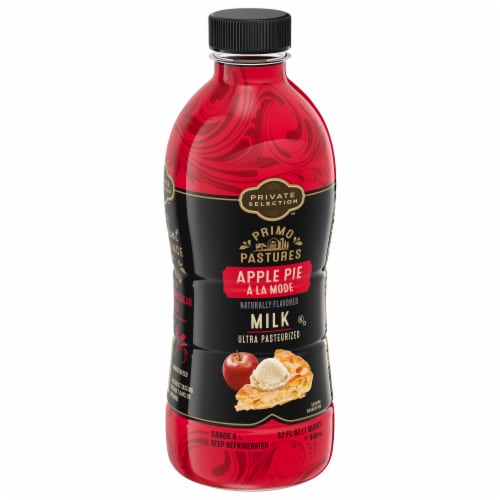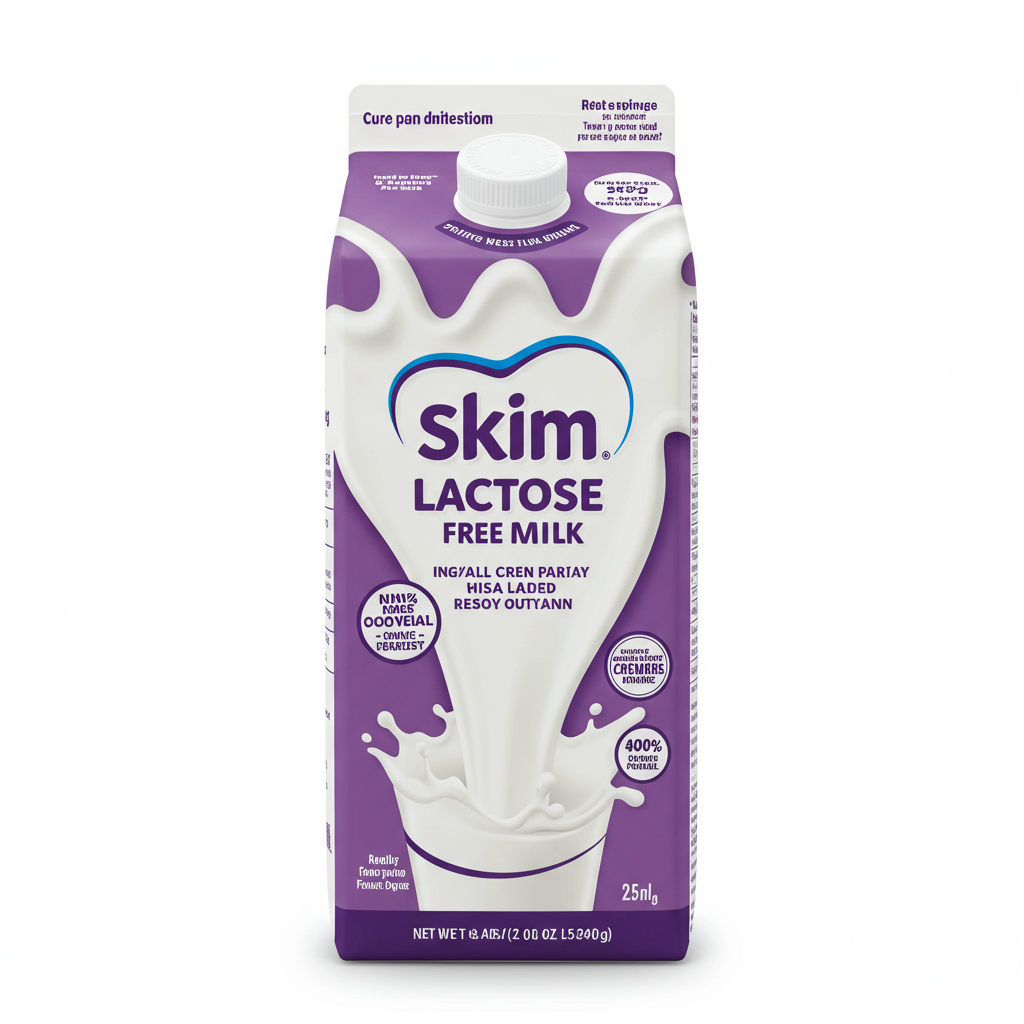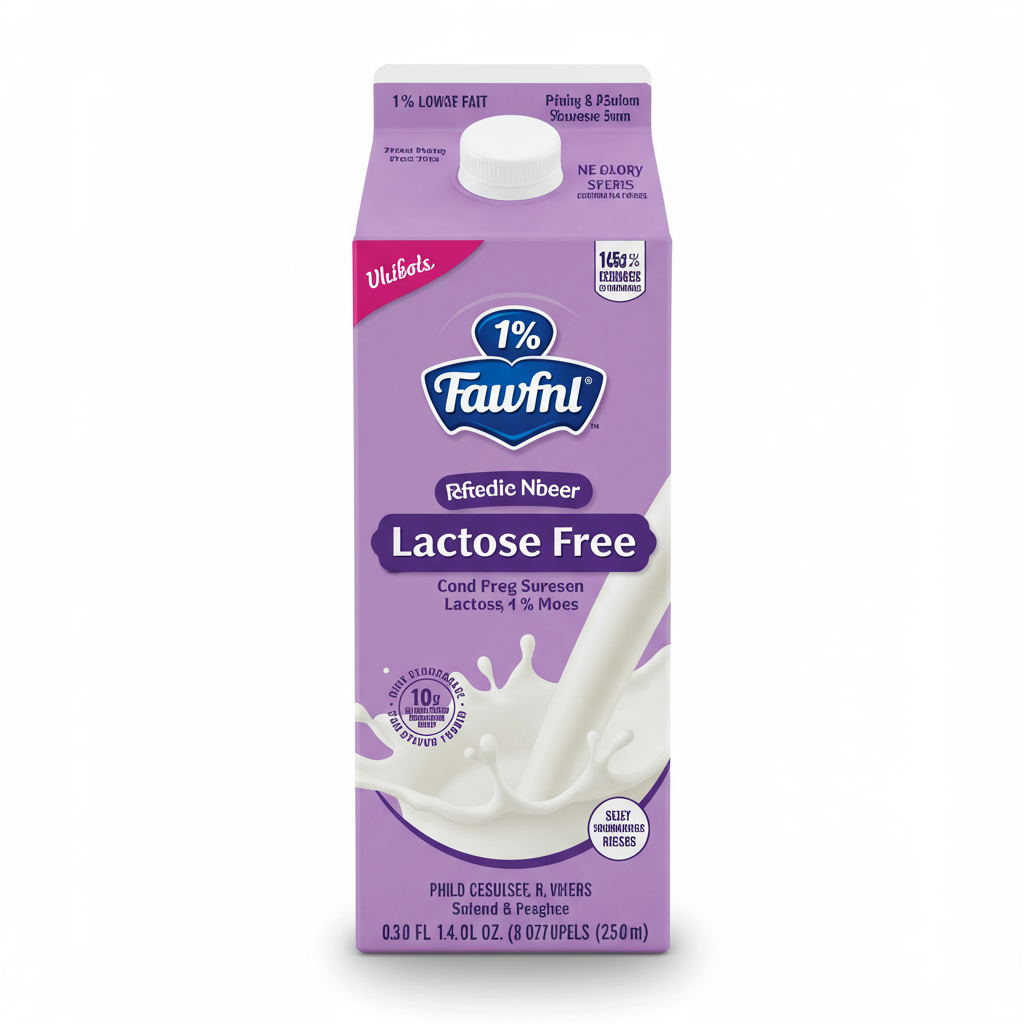Milk
Milk is a nutrient-rich liquid produced by mammals, primarily for the nourishment of their offspring. Typically consumed from cows, milk is a staple ingredient in kitchens around the world due to its versatility in cooking and its nutritional qualities, such as providing essential vitamins and minerals like calcium, vitamin D, and B vitamins.
In a consumer setting, milk can be found in whole, low-fat, and skim varieties, catering to the dietary needs and preferences of individuals. It is commonly used in both sweet and savory dishes, such as sauces, baked goods, and smoothies, while also being enjoyed on its own as a refreshing beverage.
40%
CARBS
32%
FAT
28%
PROTEIN
3,461 Milk Products
SENSATIONS CINNAMON TOAST CRUNCH CINNAMILK Lowfat Milk
GUERNSEY DAIRY Homogenized Milk, 64 FZ
Hildebrand Farms Dairy Rootbeer Milk
Lamers Dairy Homogenized Milk
Bogopa Regular Milk
Private Selection Sea Salt Caramel Ultra Pasteurized Milk
O Organics Milk, Organic
Organic Milk
Anderson Dairy 1% Milkfat Light Milk, 0.5 gal
Private Selection Apple Pie A La Mode Milk
Used In 1,623 Recipes
6
Savory Beef and Broccoli Cauliflower Casserole
2
Garlic Lovers' Creamy Pasta Shells
4
Homestyle Green Chile Beef Casserole
6
Foiled-Roasted Salmon with Silky Avocado Drizzle
4
Texan Sunrise Breakfast Tacos
4
Delightful Cinnamon Tea Cake
7
Cinnamon Swirl Breakfast Muffins
4
Gooey Chocolate Delight Pancakes
Milk Is Frequently Used With
Milk FAQ
Milk, a nutrient-rich, versatile ingredient, is seen as a kitchen staple globally. Its intrinsic values cater to the dietary requirements of many, with its offering of vital vitamins and minerals, including calcium, vitamin D, and B vitamins. Although a well-known ingredient, milk usage is often prone to misconceptions. Overcooking milk often yields an unpleasant taste due to heat instigating the process of caramelization among milk sugars, preferring to simmer milk is a better practice. One common mistake is curdling which occurs due to heating milk at high temperatures or adding acidic ingredients. When combining milk with acidic ingredients, it should be done off the heat to prevent curdling.
Getting the most out of milk also requires understanding of its various forms and their distinctive flavors and uses. Whole milk is great for creamier, richer dishes while skim milk can be used for lighter dishes. Try using milk in unexpected ways, like in mashed potatoes, scrambled eggs, or even marinades, to bring out a gentle creaminess. An often overlooked tip is to use dried or powdered milk in baked goods for boosted milk flavor without added moisture.
Why does milk curdle and how can I avoid it?
What’s the difference between whole milk and skim milk?
Can I use milk to marinate meats?
Why does my milk taste cooked after heating?
What kind of milk should I use for baking?
Can I use milk in scrambled eggs?
Why does milk turn into a solid in some dishes?
Can you reduce milk to make it thicker and creamier?
What is powdered milk, and when should it be used?
Does adding milk to a sauce make it creamier?
Expiration & Storage Tips
When does milk expire?
Unopened milk typically lasts between 5-7 days beyond the printed date on the package if it is refrigerated properly. However, once it has been opened, the shelf life decreases to about 2-3 days. This timeframe may change slightly depending on the variety of milk. For example, whole milk might spoil a bit quicker than skim due to its higher fat content. Fat free milk usually lasts longer. If you decide to freeze milk, it can last up to 6 months. However, the texture might change making it less ideal to drink but still perfectly safe to use in cooking or baking.
How do you tell if milk is bad?
To tell if milk has gone bad, start by looking at its appearance. If you notice it has become chunky or has developed a thick texture, it is likely spoiled. The color may also change slightly, becoming more yellow. Another telltale sign is smell. Spoiled milk often has a sour, unpleasant odor. For a more definitive test, you can taste a small amount (just a sip). If it tastes sour or off, it's best to discard it to avoid foodborne illness.
Tips for storing milk to extend shelf life
• Always store milk in the refrigerator, ideally at a temperature between 38 and 40 degrees Fahrenheit.
• Avoid storing milk in the refrigerator door, as this area experiences the most fluctuation in temperature. Instead, store it towards the back of a shelf where the temperature is the most stable.
• If you're not going to use milk before its expiration date, you can freeze it. Before freezing, shake it well. Pour off some milk to allow room for expansion during freezing. Freeze in small quantities for easier thawing.
• Defrost frozen milk in the refrigerator. It will take a day or two for it to fully thaw.
• After defrosting, shake well before using to redistribute the fat and proteins evenly.
• Do not return unused milk back into the original container, this could introduce bacteria and speed up spoilage.
EXPIRES WITHIN
2 - 4
WEEKS
Equivalents
Substitutes

Heavy Cream

Half & Half

Coconut Milk

Canned Light Coconut Milk

Almond Milk

Unsweetened Almond Milk

Vanilla Almond Milk

Soy Milk

Rice Milk

Cashew Milk
See All
Health Info
Macros
11g
CARBS
8g
FAT
8g
PROTEIN
Allowed on these diets
LOW FAT
HIGH CALCIUM
VEGETARIAN
MEDITERRANEAN
LOW CARB
GLUTEN FREE
Contains these allergens
MILK


